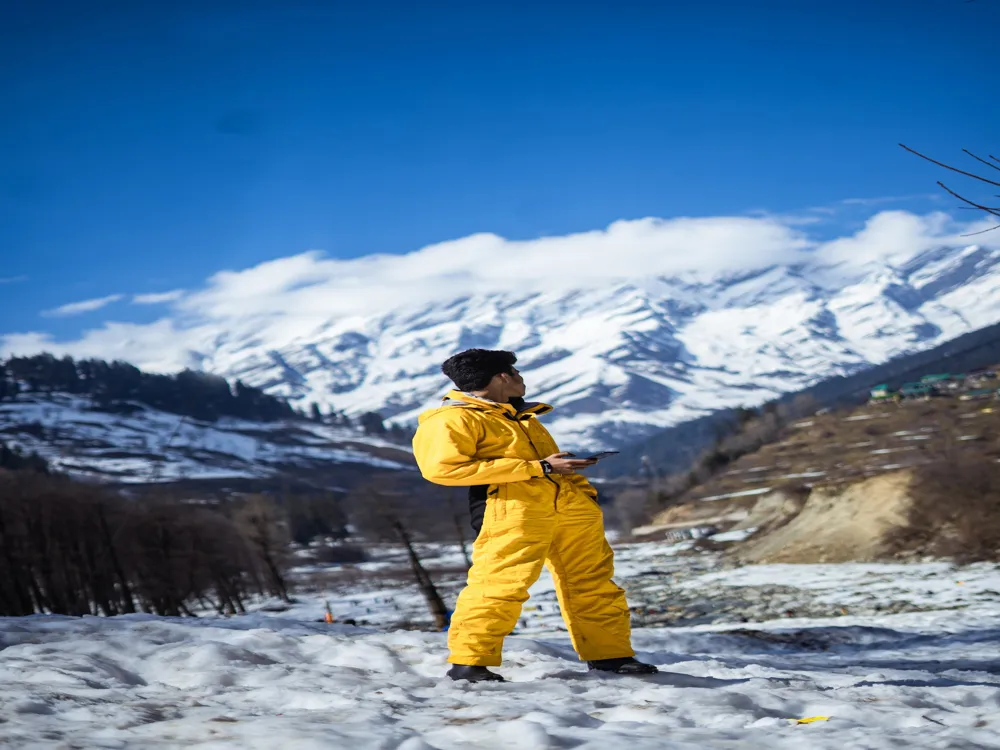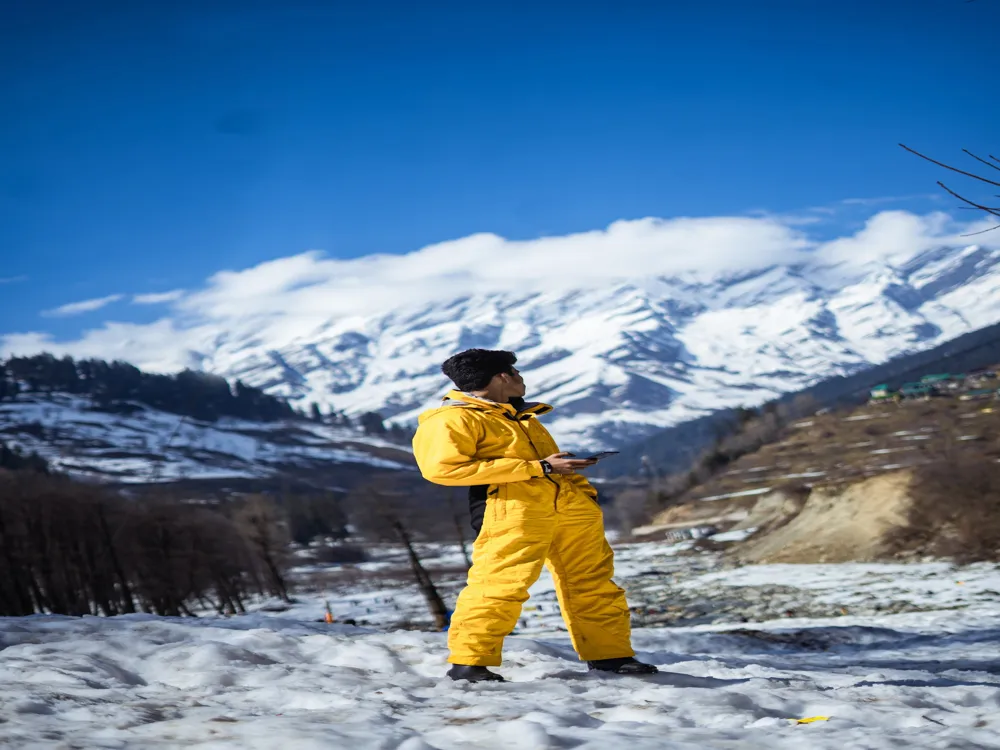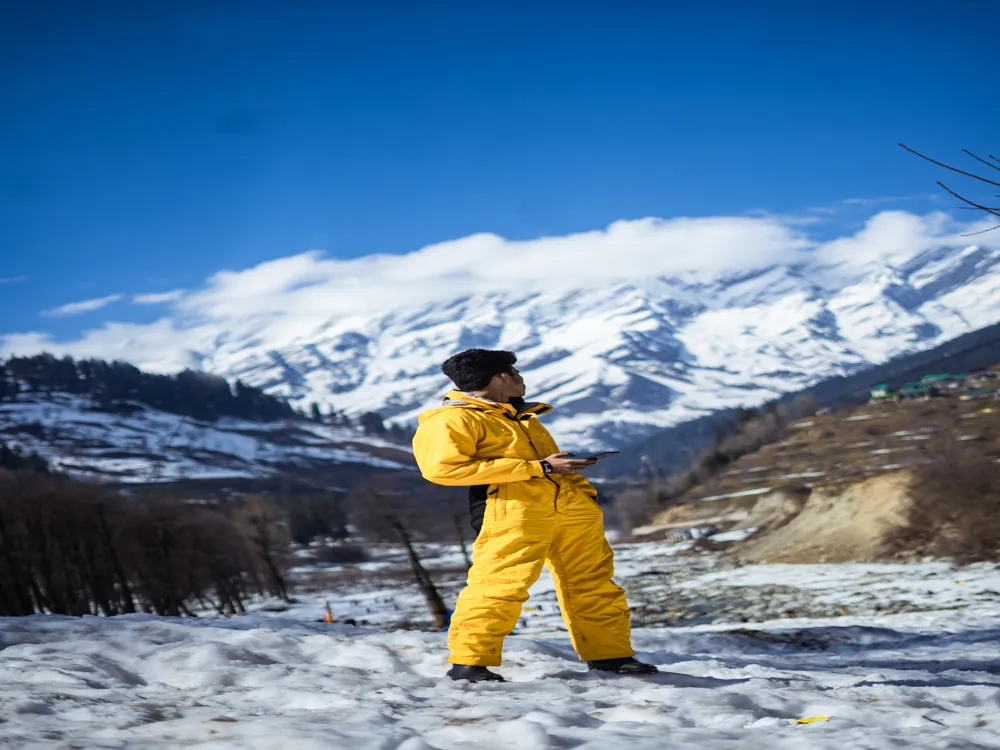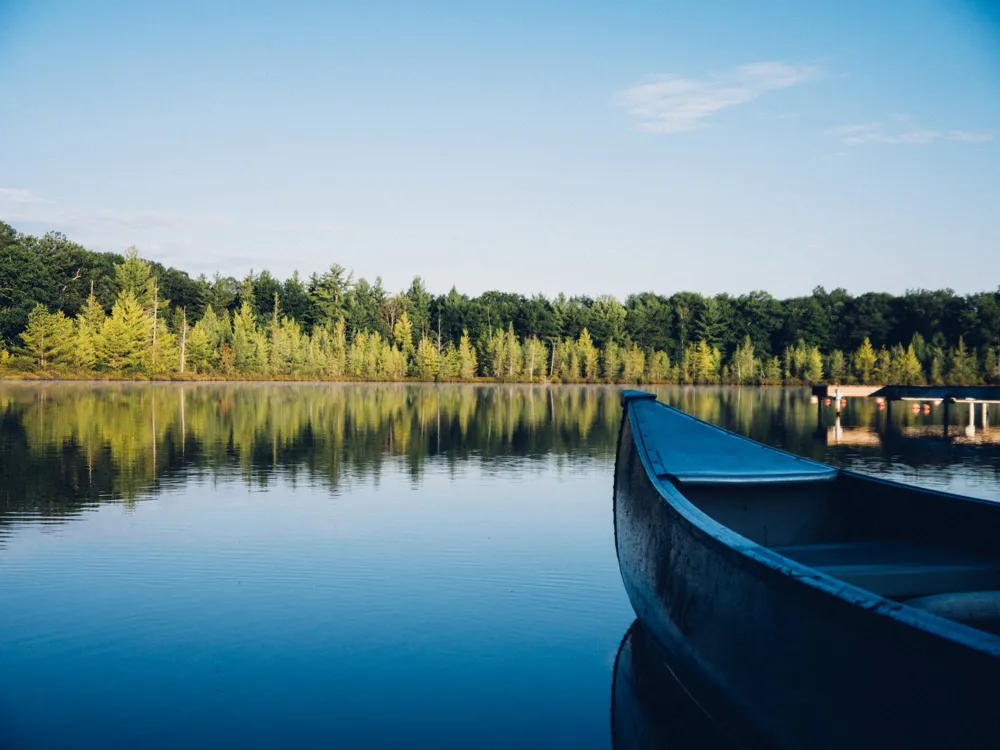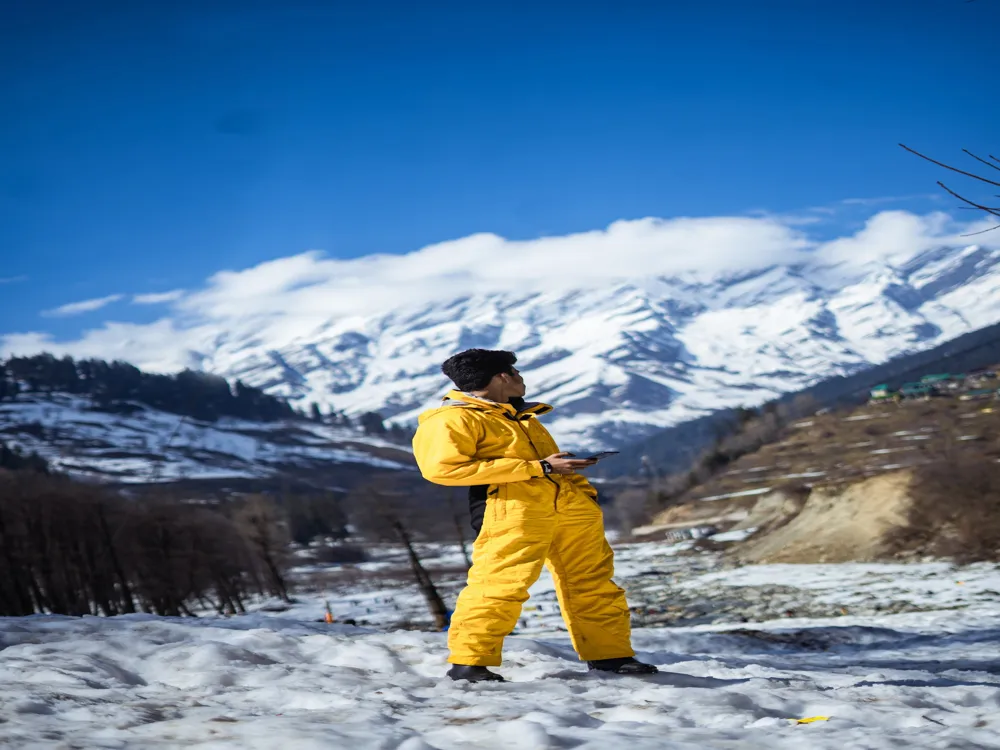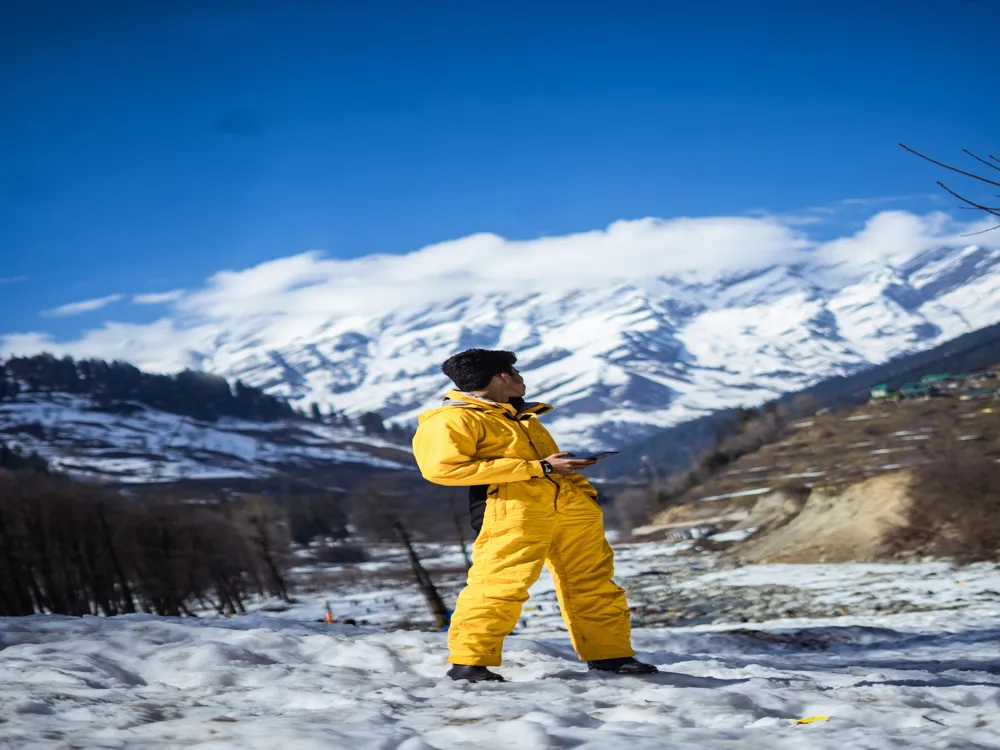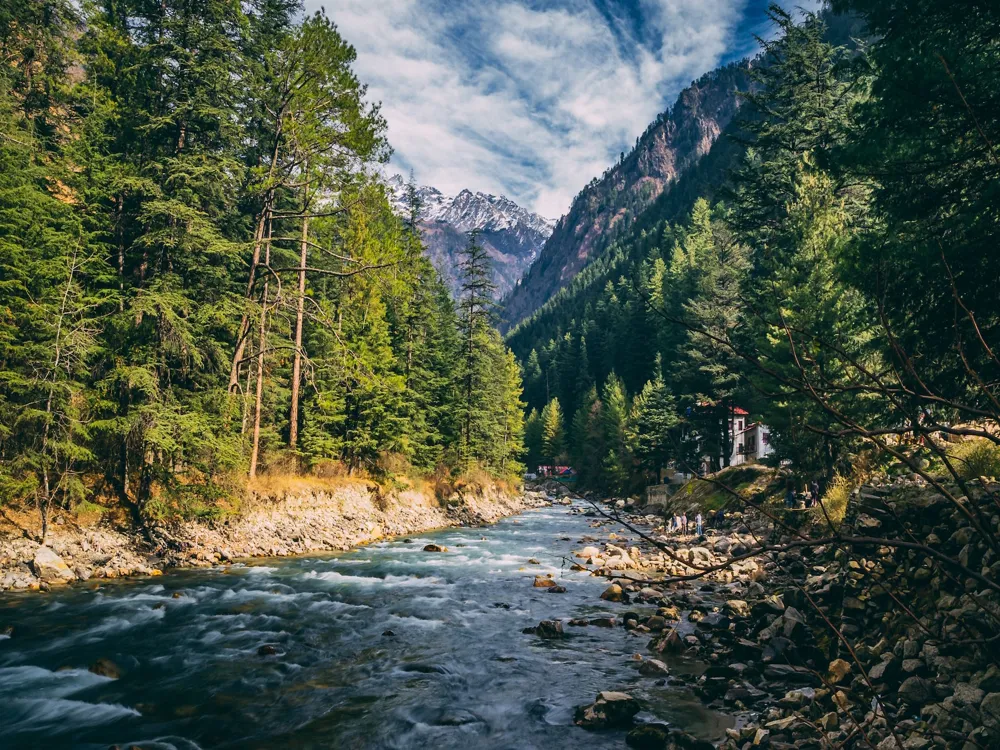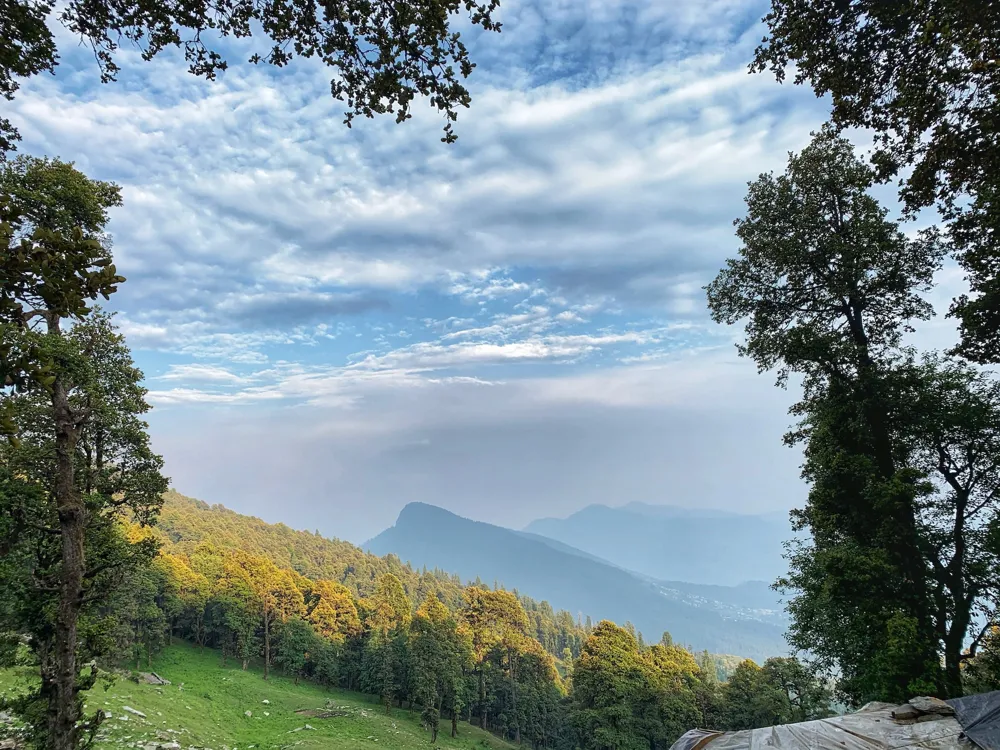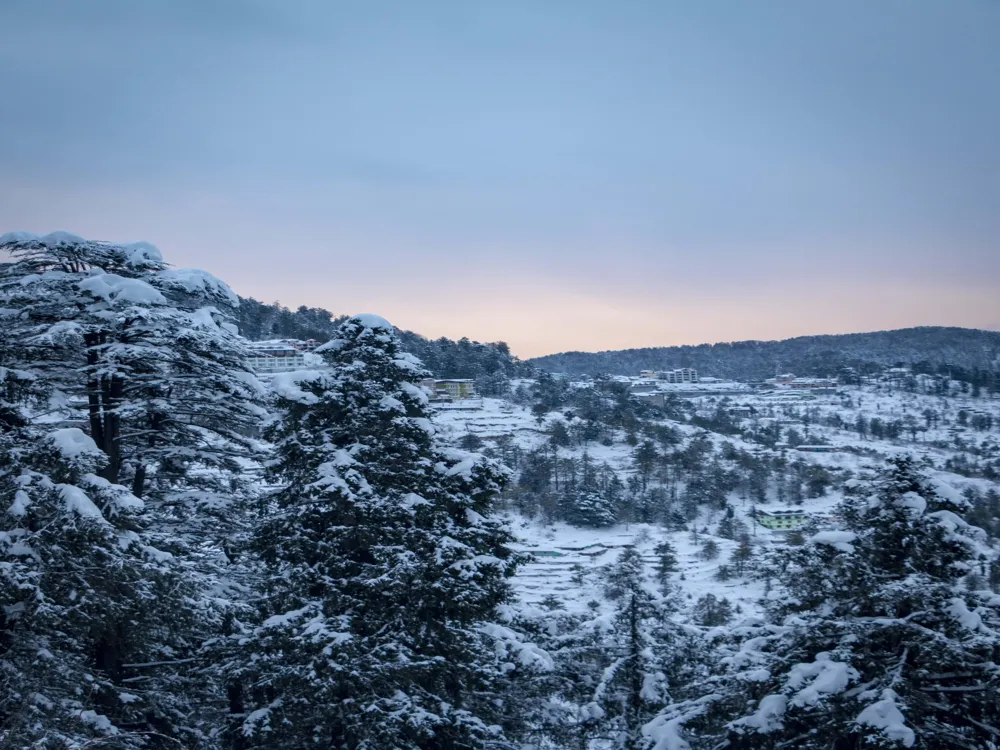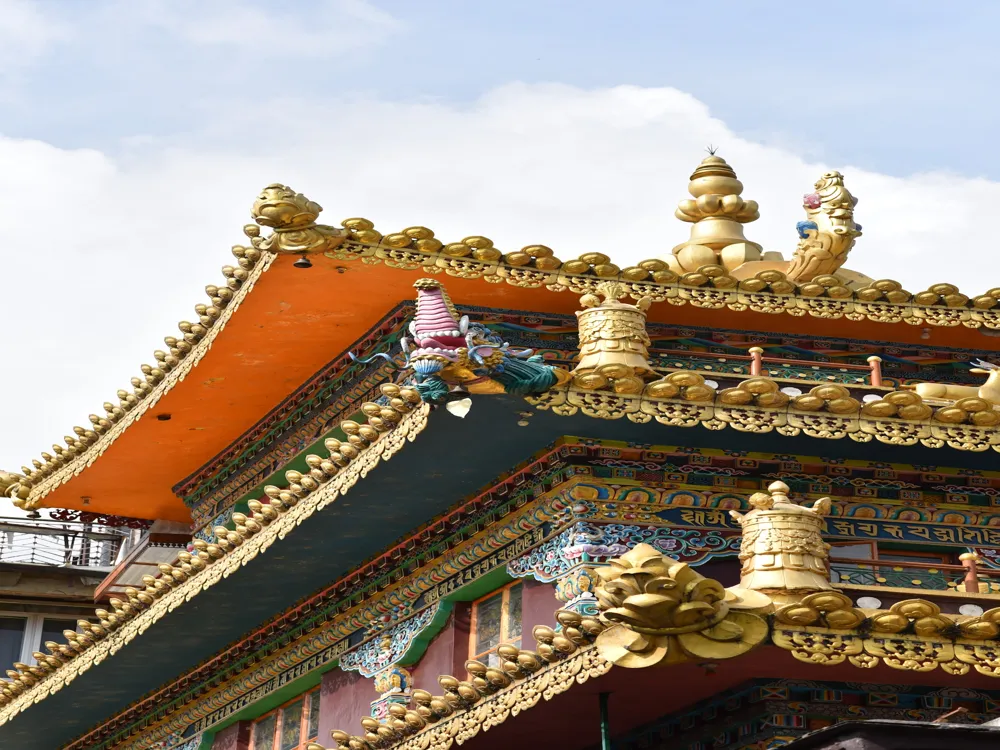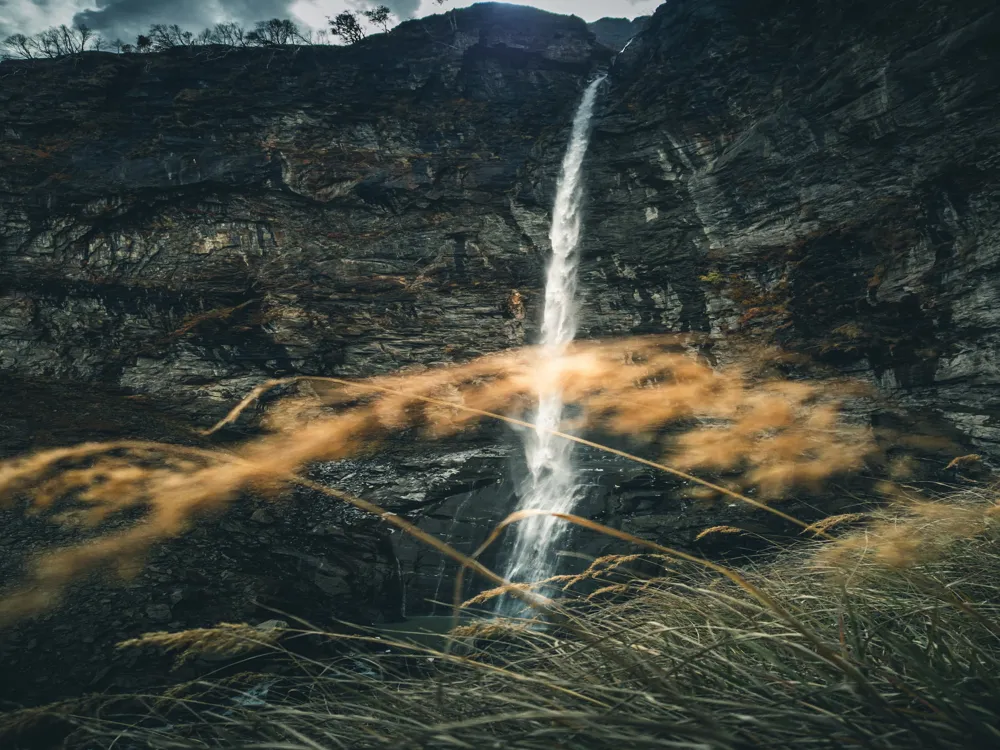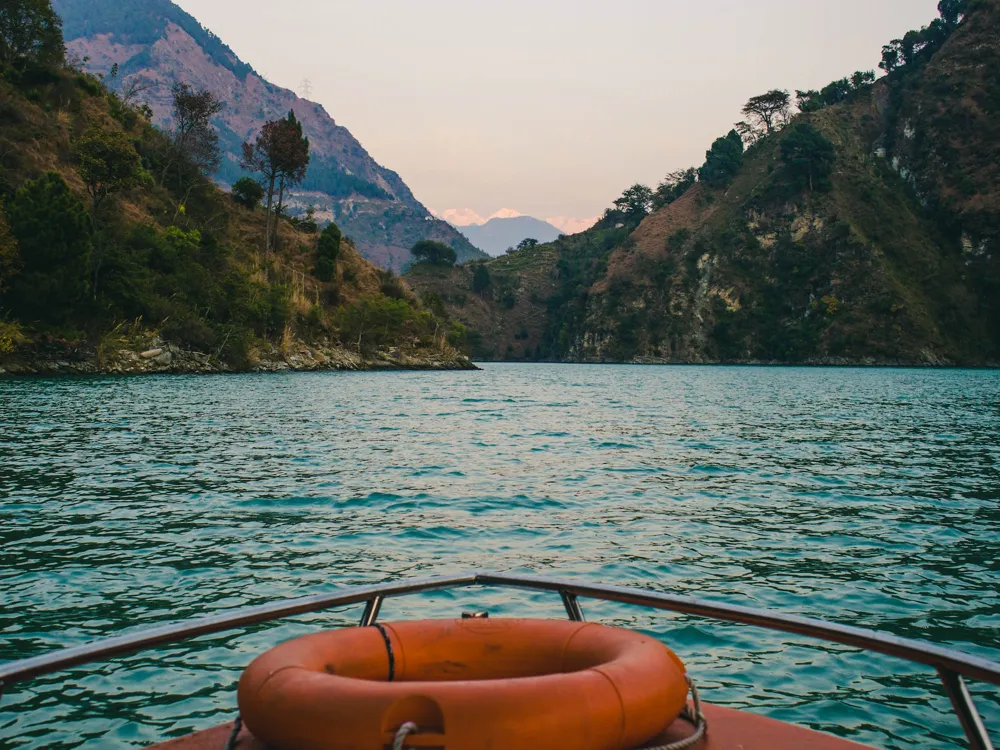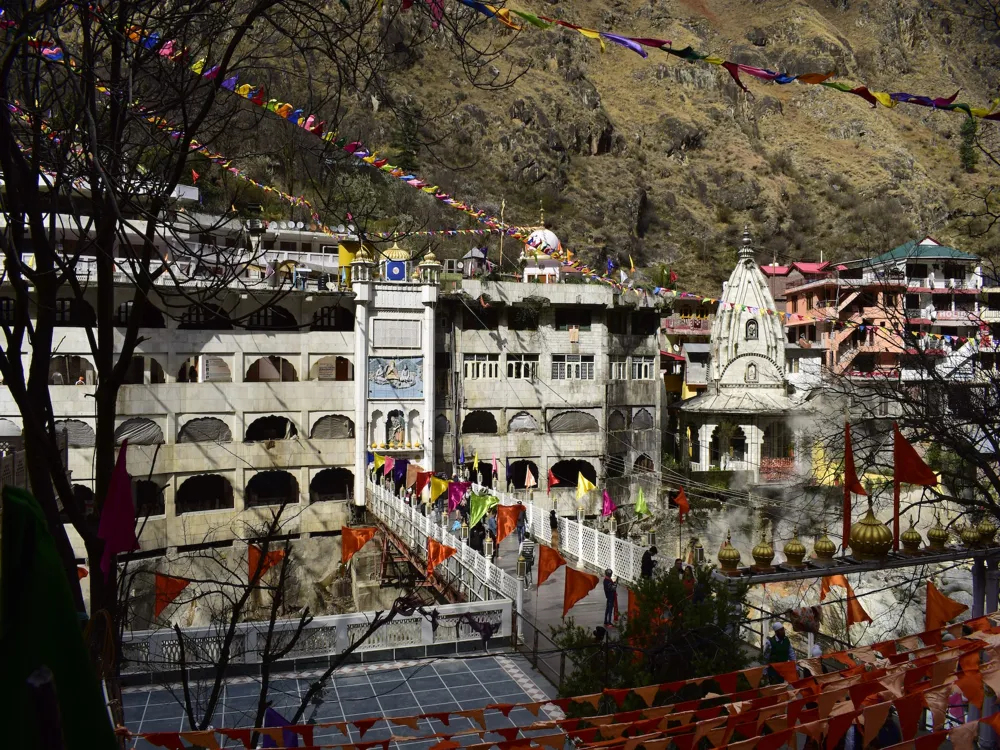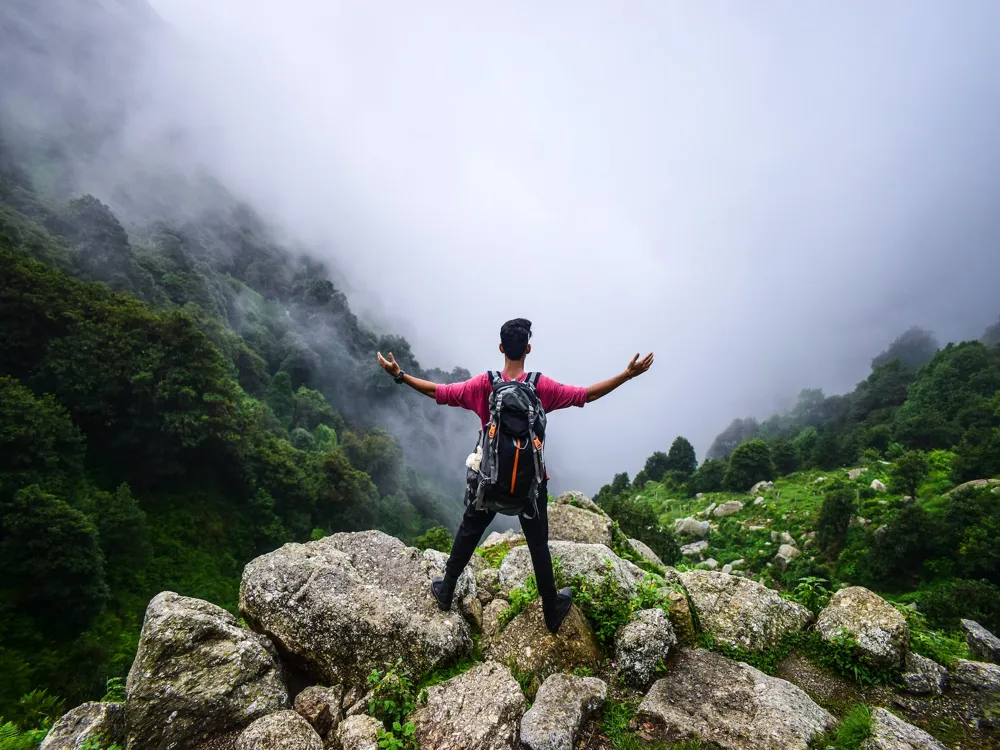Nestled in the serene valley of Manali, Himachal Pradesh, the Himalaya Nyingmapa Buddhist Temple stands as a beacon of peace and spirituality. This sacred site, embraced by the majestic Himalayas, is not just a place of worship but a symbol of the rich cultural tapestry that defines this region. The temple, belonging to the Nyingma sect of Tibetan Buddhism, attracts thousands of visitors each year, drawn by its spiritual aura and architectural beauty. Its unique location in Manali, a town renowned for its breathtaking landscapes and tranquil environment, adds to the temple's allure. The history of the Himalaya Nyingmapa Buddhist Temple is deeply intertwined with the Tibetan Buddhist culture. Established by Tibetan refugees, the temple serves as a vital center for cultural and religious activities. It offers a tranquil retreat for those seeking spiritual solace and enlightenment. The temple's atmosphere is imbued with the scent of incense and the resonating chants of monks, creating an ambience that transcends the mundane world. As you approach the temple, the first thing that strikes you is its vibrant and ornate facade. The architecture is a harmonious blend of traditional Tibetan and Himalayan styles, characterized by vivid colors, intricate carvings, and symmetrical designs. The temple's setting amidst the lush greenery of Manali further enhances its mystical charm. The interior of the temple is equally mesmerizing, adorned with beautiful murals, thangkas (Tibetan Buddhist paintings), and statues of various Buddhas and Bodhisattvas, each carrying profound symbolic significance. The temple not only serves as a place of worship but also as a cultural hub, preserving and promoting Tibetan art, culture, and religion. It hosts various religious festivals and rituals, drawing devotees from across the globe. The temple's serene environment is also conducive to meditation and introspection, making it a popular destination for those seeking inner peace. The Himalaya Nyingmapa Buddhist Temple is more than just a tourist attraction; it is a spiritual sanctuary that offers a glimpse into the rich cultural heritage of Tibetan Buddhism and a chance to experience the tranquility that comes with it. Whether you are a spiritual seeker, a lover of art and culture, or simply a tourist, the temple provides an unforgettable experience that resonates long after you have left its sacred grounds. The architecture of the Himalaya Nyingmapa Buddhist Temple is a stunning representation of the rich artistic heritage of Tibetan Buddhism. The temple's design is a beautiful amalgamation of traditional Tibetan and Himalayan architectural styles, which not only captivates the eyes but also symbolizes deeper spiritual meanings. The structure is marked by its striking colors, symmetrical layouts, and intricate detailing, each aspect meticulously crafted to embody the essence of Buddhist philosophy. As you enter the temple, the first thing that captures your attention is the vibrant color palette. The exterior walls are adorned with reds, yellows, and blues, colors that are deeply symbolic in Tibetan culture. Red symbolizes the life force and preservation, yellow represents nourishment and rootedness; and blue signifies the infinite sky and purity. This colorful exterior is complemented by intricate wood carvings and metal works that depict various Buddhist deities, symbols, and motifs, each with its unique spiritual significance. The temple's entrance is typically flanked by two lions, symbolizing the strength and fearlessness of the Dharma. As you step inside, you are greeted by a large prayer hall, which is the heart of the temple. The hall is adorned with exquisite murals and thangkas that depict scenes from the Buddha's life and various Buddhist teachings. These artworks are not just visually stunning but also serve as an important medium for imparting religious teachings and history. The centerpiece of the prayer hall is the statue of Buddha, often accompanied by statues of other important figures in Tibetan Buddhism like Padmasambhava (Guru Rinpoche) and Avalokiteshvara (the Bodhisattva of Compassion). These statues are usually made of brass or bronze, intricately crafted, and adorned with precious stones and metals. The presence of these statues is not only for worship but also to inspire and remind practitioners of the qualities they aspire to embody. The temple's architecture also emphasizes symmetry and balance, reflecting the Buddhist principle of harmony. The layout of the temple, the arrangement of statues, and even the placement of paintings follow a symmetrical pattern, creating a sense of balance and tranquility. This symmetry extends to the temple's surrounding gardens and courtyards, which are designed to be in harmony with the natural landscape, further enhancing the temple's spiritual atmosphere. The Himalaya Nyingmapa Buddhist Temple's architecture is more than just a physical structure; it is a manifestation of the spiritual journey and a testament to the artistic and cultural heritage of Tibetan Buddhism. It stands as a serene sanctuary, inviting all those who seek peace, wisdom, and a deeper understanding of life. Visitors should wear modest and respectful clothing, covering their shoulders and knees. This shows respect for the temple's religious significance. The temple is a place of worship and meditation. Speaking in a low voice and maintaining a quiet demeanor helps preserve the sanctity of the space. Always ask for permission before taking photos, especially inside the temple. Some areas may prohibit photography altogether. Observe and follow the local customs and practices, such as removing shoes before entering certain areas, to show respect for the temple's traditions. If given the opportunity, participating in temple rituals can be a profound experience. However, do so with respect and understanding of the practices involved. The Himalaya Nyingmapa Buddhist Temple in Manali is easily accessible by various modes of transportation. The nearest airport is Kullu-Manali Airport, located about 50 km away. From the airport, you can hire a taxi or take a bus to Manali. If traveling by train, the closest railway station is Joginder Nagar Railway Station, which is about 160 km from Manali. Regular buses and taxis are available from the station to Manali. For those preferring to drive, Manali is well connected by road to major cities like Delhi, Chandigarh, and Shimla. Upon reaching Manali, the temple is located in the heart of the town and is easily reachable by local transport or even on foot, depending on where you are staying. Read moreOverview of Himalaya Nyingmapa Buddhist Temple, Manali
Architecture of the Himalayan Nyingmapa Buddhist Temple
Tips When Visiting Himalaya Nyingmapa Buddhist Temple
Dress Appropriately
Maintain Silence
Photography Etiquette
Respect Local Customs
Participate in Rituals
How To Reach the Himalayan Nyingmapa Buddhist Temple
Manali Tourism
Best Time to Visit Manali
How to Reach Manali
Things To Do Manali
Himalaya Nyingmapa Buddhist Temple
Manali
Himachal Pradesh
₹ 5,000 onwards
View manali Packages
Weather :
Tags : Temple
Timings : 6:00 AM - 7:00 PM
Time Required : 1-2 hours
Entry Fee : To offer prayers - No entry fee
Photography/ Video Shooting - INR 20
Planning a Trip? Ask Your Question
Manali Travel Packages
View All Packages For Manali
Top Hotel Collections for Manali

Private Pool

Luxury Hotels

5-Star Hotels

Pet Friendly
Top Hotels Near Manali
Other Top Ranking Places In Manali
View All Places To Visit In manali
View manali Packages
Weather :
Tags : Temple
Timings : 6:00 AM - 7:00 PM
Time Required : 1-2 hours
Entry Fee : To offer prayers - No entry fee
Photography/ Video Shooting - INR 20
Planning a Trip? Ask Your Question
Manali Travel Packages
View All Packages For Manali
Top Hotel Collections for Manali

Private Pool

Luxury Hotels

5-Star Hotels

Pet Friendly







